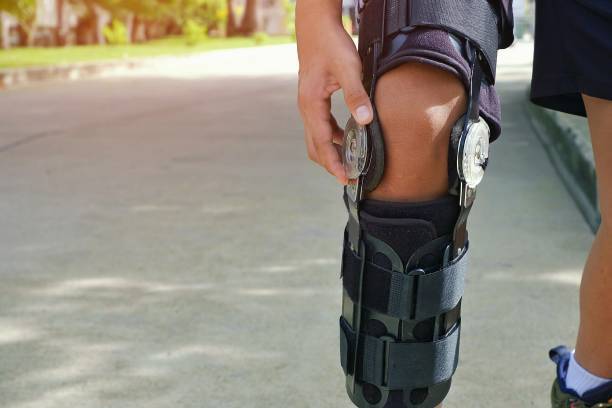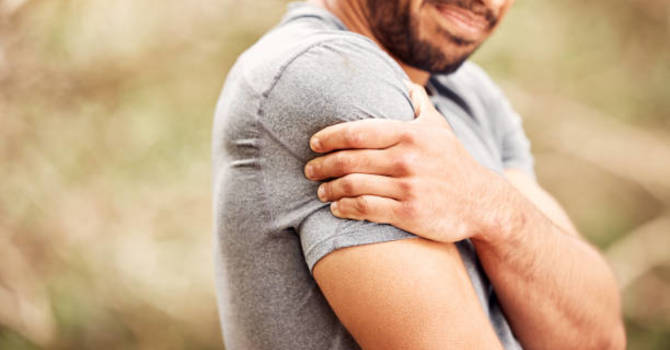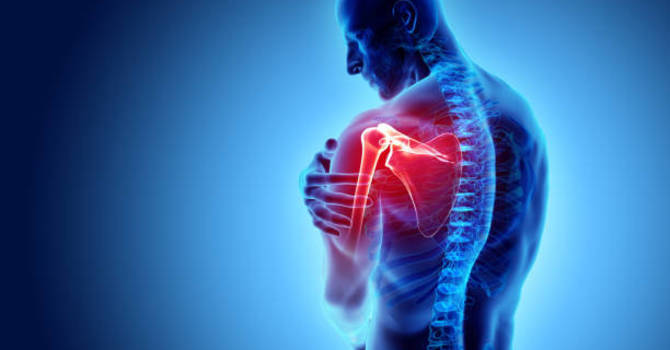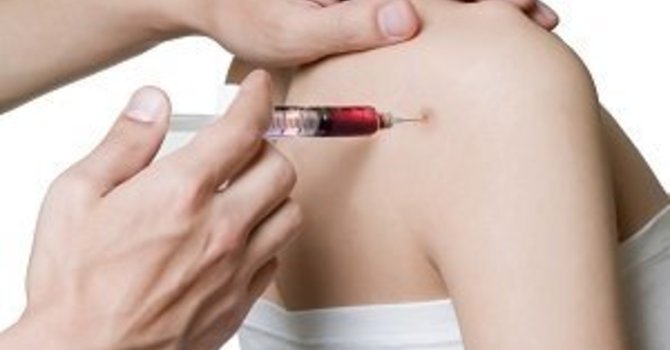
At Tulsi Wellness Club, we’re often asked by patients after receiving PRP (Platelet-Rich Plasma) injections:
“Should I wear a brace after my treatment?”
It’s a good and important question—especially for individuals recovering from shoulder injuries, such as rotator cuff strains, labrum tears, arthritis, or chronic tendinitis.
While PRP therapy is incredibly effective at stimulating tissue healing and reducing inflammation, understanding what to do after your injection—including whether or not to wear a shoulder brace—is just as important for achieving optimal results.
In this article, we’ll break down the reasoning behind brace usage, when it’s recommended, when it may be unnecessary, and how to support your recovery naturally. We'll also discuss detox symptoms, hypoglycemia, and ways to protect your healing shoulder while encouraging full-body wellness.
Understanding PRP Therapy for the Shoulder
PRP therapy involves drawing a small sample of your own blood, spinning it in a centrifuge to concentrate the platelets and growth factors, and then injecting that rich plasma directly into injured or inflamed tissues.
Common shoulder conditions treated with PRP include:
-
Partial rotator cuff tears
-
Shoulder arthritis
-
Labral injuries
-
Tendinitis or tendinosis
-
Bursitis
-
Frozen shoulder (adhesive capsulitis)
The healing cascade PRP triggers can reduce pain, promote regeneration, and improve joint function over several weeks to months—without surgery or long-term medications.
So, Should You Wear a Shoulder Brace After PRP?
In most cases, the answer is: not necessarily.
Wearing a brace after a PRP injection is typically not required unless:
-
There is a structural instability in the joint
-
The injection was done for a labral tear or advanced rotator cuff damage
-
Your provider has prescribed bracing for motion control or protection during early healing
-
You have excessive shoulder movement or hypermobility that could delay tissue recovery
At Tulsi Wellness Club, we take a customized approach. If your shoulder condition involves instability or excessive mobility that may disrupt healing, a soft sling or shoulder support may be recommended temporarily, usually for just 1–3 days post-injection.
However, for the majority of patients, gentle movement and active circulation are more beneficial than immobilization.
The Risks of Over-Bracing
While bracing may feel protective, overuse of a brace can delay recovery. Here’s why:
-
Immobility reduces blood flow, which is key to PRP effectiveness
-
Muscles can weaken with disuse
-
Over-bracing may inhibit neuromuscular retraining and range of motion
-
Prolonged use can increase stiffness, especially in older adults or those with adhesive capsulitis
Our general rule: Protect, don’t immobilize—unless otherwise instructed by your practitioner.
What to Expect After a PRP Shoulder Injection
After your PRP session, you may feel:
-
Mild soreness or “pressure” at the injection site
-
A slight increase in pain during the first 24–72 hours (this is normal and signals inflammation, which starts the healing process)
-
Stiffness or fatigue in the arm
We often describe this period as the “biological reboot”—your body is waking up its repair systems.
Detox Reactions After PRP
Because PRP stimulates a regenerative response, some individuals experience detox-like reactions in the 1–3 days after treatment. These are typically mild and short-lived:
-
Low-grade headache
-
Fatigue or brain fog
-
Mild joint discomfort beyond the injection site
-
Increased thirst or urination
-
Temporary emotional sensitivity
These are signs that your body is clearing metabolic waste and cellular debris as part of the healing cascade.
Support your detox by:
-
Drinking at least half your body weight in ounces of water daily
-
Eating whole, anti-inflammatory foods (leafy greens, berries, healthy fats)
-
Avoiding sugar, alcohol, and processed foods
-
Using magnesium or herbal teas to support drainage pathways
Watch for Hypoglycemia: Don’t Go in Fasted
Another overlooked factor? Low blood sugar (hypoglycemia)—especially in sensitive individuals.
Some patients feel dizzy, shaky, lightheaded, or nauseous after PRP due to the combination of:
-
Blood draw
-
Stress or adrenaline from the injection
-
Skipping meals or fasting beforehand
How to prevent this:
-
Eat a balanced meal 1–2 hours before your appointment
-
Include protein and healthy fats (like eggs, nuts, or avocado toast)
-
Let us know if you’re prone to blood sugar crashes—we’ll monitor you, and even provide juice or electrolytes if needed
Tips for Shoulder Recovery After PRP
To support your healing shoulder, follow these tips:
Avoid NSAIDs (like ibuprofen) for at least 7 days, as they can blunt the PRP’s healing effect
Apply gentle heat or movement rather than icing unless swelling is severe
Rest the arm from heavy lifting for 3–5 days, then gradually reintroduce activity as guided
Begin light mobility exercises around day 3–5 (we’ll provide a rehab protocol or refer to a trusted physical therapist)
Consider supportive therapies like acupuncture, ozone therapy, IV nutrients, or lymphatic drainage to enhance results
Our Holistic View at Tulsi Wellness Club
At Tulsi Wellness Club, we don’t just inject and send you home—we walk with you through every phase of healing. PRP is powerful, but it works best when combined with:
-
Root-cause diagnosis
-
Lifestyle and nutrition guidance
-
Gentle detox support
-
Functional movement planning
We believe healing is a whole-body experience—not just a single injection.
Final Thoughts
So, should you wear a brace after PRP injections?
Usually not—but it depends. We’ll guide you based on your specific condition, the severity of the injury, and how your body responds to treatment.
Our goal is to balance protection with mobility, supporting your healing in the most natural, effective way possible. With the right care, PRP can offer lasting relief, tissue regeneration, and restored shoulder function—without surgery or long-term meds.
Ready to find real relief for your shoulder pain?
Schedule a consultation at Tulsi Wellness Club to see if PRP therapy is right for you.
Tulsi Wellness Club – Root-cause healing. Natural solutions. Regenerative care that lasts.
Dr. Devin Stone
Contact Me



